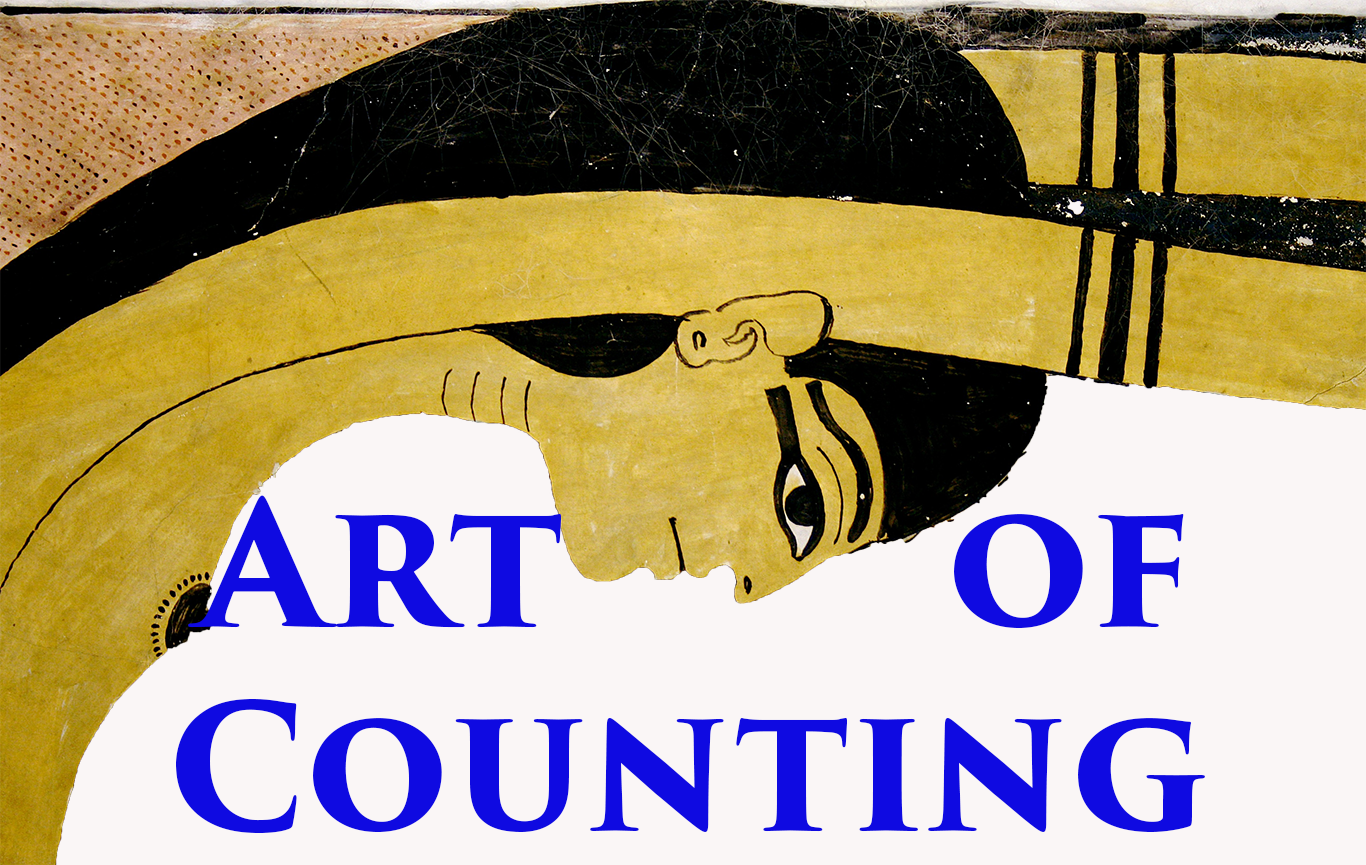Temple of Seti I at Abydos
NOTE: Two primary types of horns appear in royal headgear: the twisted, horizontal horns of the ovis longipes ram (which are often a component of both the atef and shwty crowns), and the curved rams horn of the ovis aries platyra aegyptiaca (seen here). This second type of ram appeared in the Middle Kingdom and was closely associated with the god Amun. When this horn appears as part of the king’s headgear, it is generally recognized to signify a representation of a deified ruler. In addition to its connection to Amun, and the implication that the king is identified with this god, the horn is also closely related to the ka of kingship; the eternal spirit of the office that each successive ruler assumed upon accession. For more on the use of these horns and their connection to the royal ka, see L. Bell, “Luxor Temple and the Cult of the Royal Ka” (JNES 44, 1985), esp. 266-271. Horn types are differentiated in the database. Note that this particular example from the Seti temple at Abydos also includes multiple uraei at the king’s brow, wearing the crowns of Upper and Lower Egypt.




Oh, what a lovely horn! and is it my imagination, or does it have the head of a double cobra, one wearing the white crown & the other the red?
You aren’t seeing things–they are there! Those fabulous cobras are just everywhere 🙂